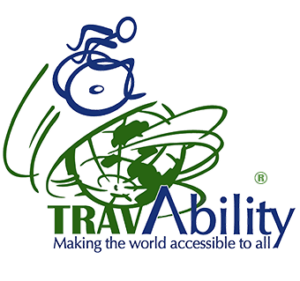Module 2 – Defining the Customer with a Disability
Defining the Customer with a Disability
Travel, recreation and leisure are all about the “experience” which ideally should be seamless from planning, to arrival back home. Enjoyment comes from those experiences and the way they are shared with others. The experience lingers in the memories of those who participated. A truly remarkable travel experience leaves the visitor changed in some way.
The reason it is so difficult for people with a disability to participate freely is that industry as a whole has not yet recognized that fundamentally a person with a disability is no different from any other person in their aspirations for a remarkable experience.
People with a disability are present in all sectors in roughly the same proportion as the general population. They are not like the backpackers, adventure tourists, or luxury travelers that can be conveniently put into unique product boxes with targeted marketing campaigns. The common misconception is that the needs of all people with a disability are the same. In one sense that misconception has been reinforced by the social model of disability which, in defining the social barriers, has concentrated on a narrow sub set of physical access requirements largely limited to car parks, toilets, building access and hotel rooms. By concentrating on the narrow access requirements the industry has effectively created an artificial sector of people with a disability that ignored their actual aspirations.
A disability, in reality is just a different level of ability. Physical ability is just one element in the total capability set of the human being.
Disability is the only minority group anyone can join in an instant
Disability is often regarded as a homogeneous concept. The opposite is true. As with the general population ability is on a continuum.
The arbitrary line defining disability is exactly that, an arbitrary line. The advent of modern alloys and design has opened up a vast range of activities including some at the extreme adventure end of the spectrum. People with a disability can be found across the full range of sporting and leisure activities. Their tastes and budgets, likewise, spread from economy to five star and include the conference and meetings market. The key to developing tourism/leisure product is to look at the aspirations of potential customers, the opportunities that exist within a destination and the technology available to allow participation by people of all abilities. Customer expectations should drive the product development.
In reality the arbitrary line is more like the image above. New equipment, better information and changing perceptions are allowing many people with a disability to engage in active activities that many able bodied people wouldn’t dream of engaging in.







